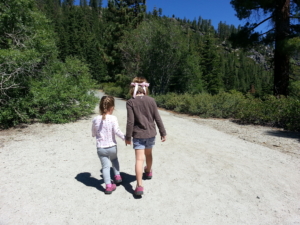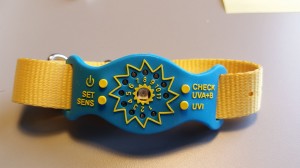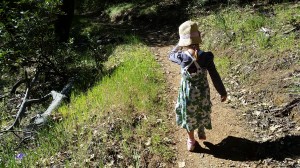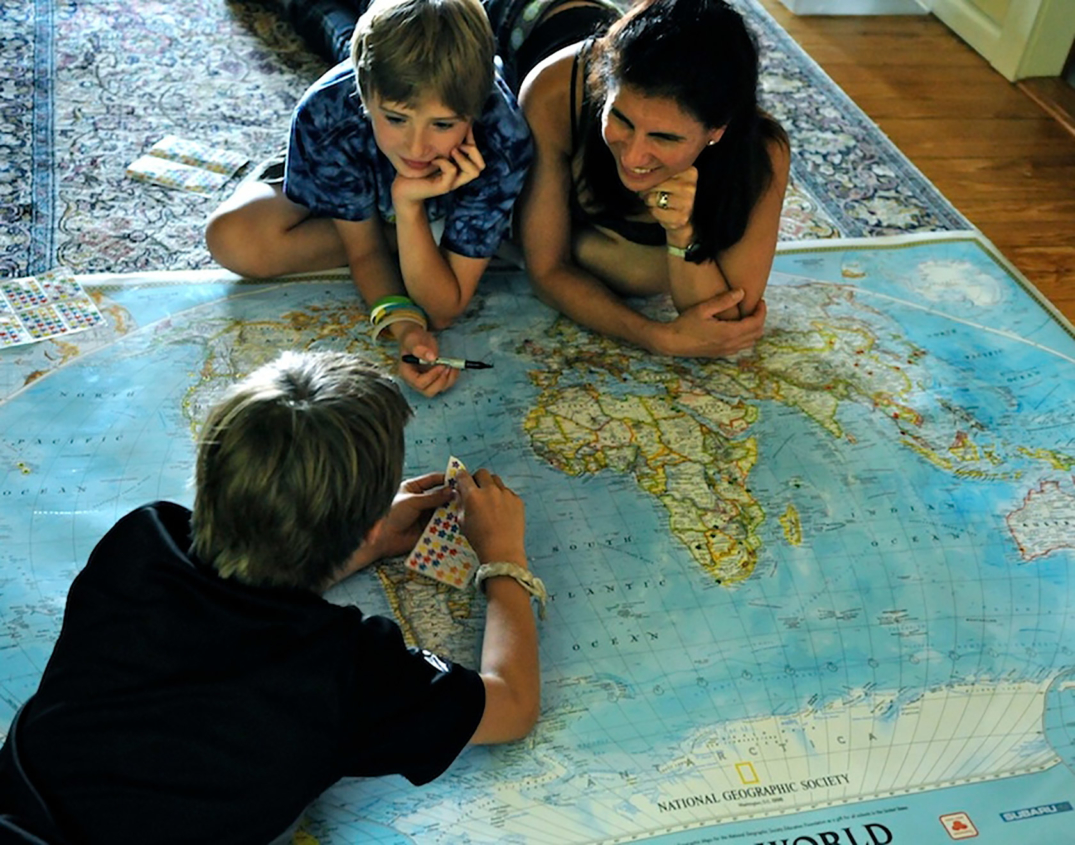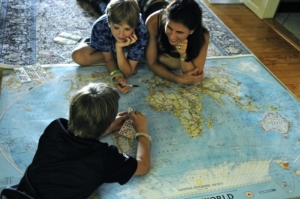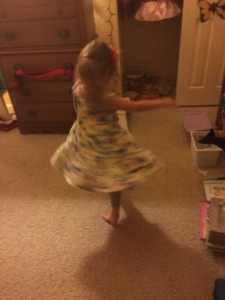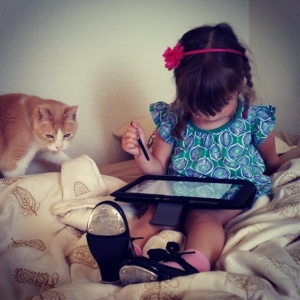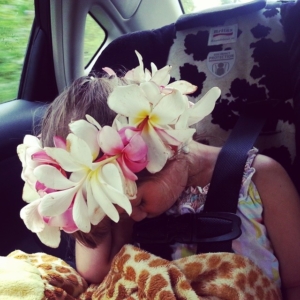Proof that family travel trumps video games
Family travel zealots (including yours truly) have argued for years that experiences lead to greater happiness than material things. Now, apparently, there is scientific data to prove this point.
A recent article on the Fast Company website details much of the latest research on the subject. You can read the piece for the nitty-gritty details. The gist: While the happiness from material purchases diminishes over time, experiences become an ingrained part of our identities.
The story notes that, “rather than buying the latest iPhone or a new BMW…you’ll get more happiness spending money on experiences like going to art exhibits, doing outdoor activities, learning a new skill, or traveling.” Another particularly relevant section spotlights how experiences are paramount even when we think they weren’t that fun—a situation to which traveling parents can relate after their kids have been particularly troublesome on a family trip. Here’s a snip:
“One study…even showed that if people have an experience they say negatively impacted their happiness, once they have the chance to talk about it, their assessment of that experience goes up. [This is attributed] to the fact that something that might have been stressful or scary in the past can become a funny story to tell at a party or be looked back on as an invaluable character-building experience.”
Personally, I am delighted to read this news. I am a HUGE fan of experiences over material items—not only in my personal life but as a parent and as a traveler as well. On a day-to-day basis, Powerwoman and I reward the girls with daytrips instead of goodies or toys. In the longer term, we value travel and education through travel above all else.
(By the way, I just completed my taxes and Schedule C expenditures for 2014 demonstrate this point clearly.)
Read the story, think about the message, and discuss it with friends. There’s a direct relationship between happiness and new experiences, people. Don’t you want your kids to be happy?


